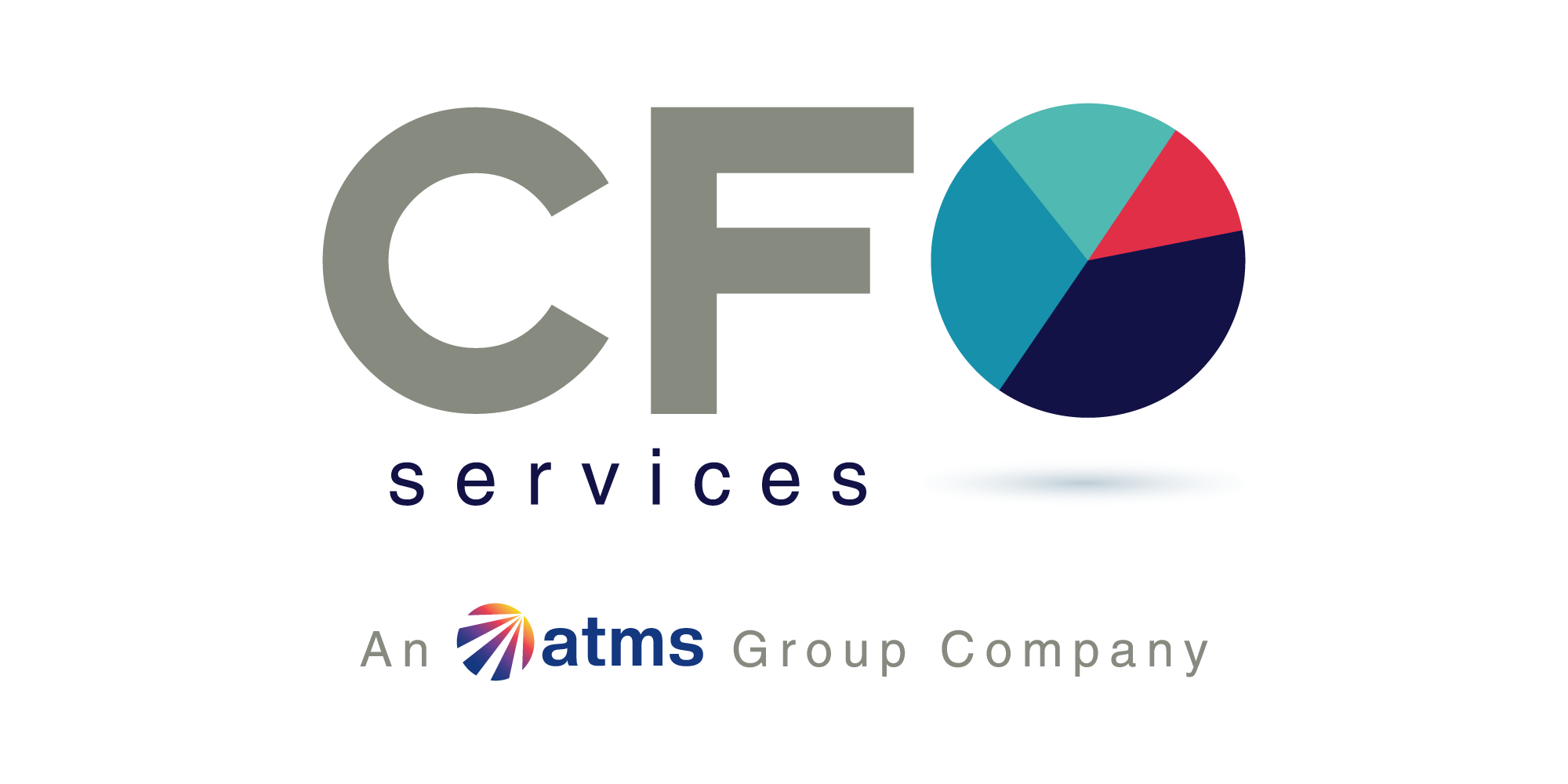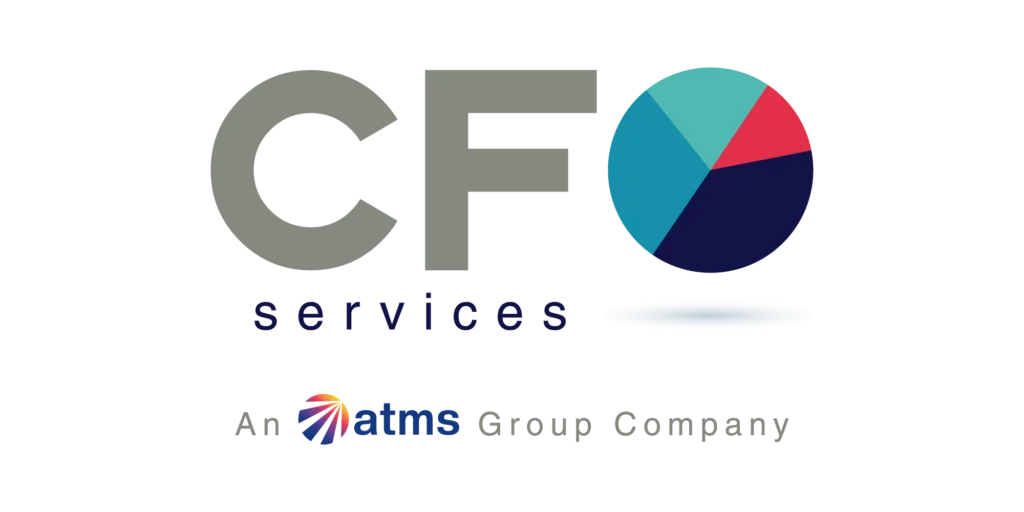Ever noticed businesses making a profit but constantly struggling for cash? Or, in rare cases, businesses swimming in cash but not turning a profit? What should a company do in such situations?
And what if a business has both profit and positive cash flow but still isn’t thriving? Surprisingly, it happens. Join us in this blog as we explore these scenarios, providing straightforward answers to these questions and demystifying the complexities of business finances. Get ready for a journey through the basics of profit, cash, and the interesting space where they meet. Stay tuned for a clearer understanding of financial dynamics in business
Understanding Basic Financial Terminology
Entrepreneurs are often faced with a myriad of financial metrics, but three fundamental aspects demand their keen attention: Profit, Cash Flow, and Return on Investment (ROI). While some entrepreneurs diligently track one or two of these metrics, only a minority grasp the significance of monitoring all three and deciphering their correlations.
While many entrepreneurs track profits, a comprehensive understanding involves keeping a close eye on cash flow and ROI as well. Now, let’s explore these concepts in detail.
“Revenue is Vanity, Profit is Sanity, Cash is Reality” – Quoted from ‘The Savage Truth’

Let us understand all these terminologies
- Profit Terminology
Entrepreneurs often encounter different terms related to profit, including Net Profit, Profit, PAT (Profit After Tax), and EBITDA (Earnings Before Interest, Depreciation, and Tax). These terms vary in their complexity and components.
1. Net Profit:
Net Profit is the bottom line, representing the actual profit after deducting all expenses, taxes, interest, and depreciation from the revenue. It provides a comprehensive view of a company’s financial performance.
2. Profit:
The term “Profit” is a general reference to the positive difference between revenue and expenses. It serves as a broad indicator of a company’s financial success but may not encompass all deductions.
3. PAT (Profit After Tax):
PAT specifically focuses on the profit remaining after deducting taxes. It provides clarity on the net income available to shareholders after meeting tax obligations.
4. EBITDA (Earnings Before Interest, Depreciation, and Tax):
EBITDA reflects the company’s operational profitability, excluding non-operating expenses like interest, depreciation, and taxes. It offers insights into the core business performance.
- Cash Flow Management
Effective cash flow management is crucial for a business’s financial well-being. A positive cash flow signifies that the business is generating cash, providing opportunities for reinvestment in expansion or repayment to investors. Conversely, a consistent negative cash flow indicates the need for additional investment. Businesses are typically valued based on their ability to sustain positive cash flow over the long term.
- ROI in the Business Landscape
Return on Investment (ROI) is contingent on the associated business risks. As a rule of thumb, a business’s ROI should surpass the returns of risk-free instruments in the country. For instance, in India, Fixed Deposit Returns range from 6% to 7%, while Mutual Funds offer an ROI of 12% to 15%. Thus, when investing in a business, aiming for a return of at least 12% to 15% ensures a favourable comparison with risk-free alternatives.
Now let us analyse the case studies:-
Case 1: Profitable Yet Cash Flow Negative Companies
Companies experiencing profitability but negative cash flow often find themselves in specific scenarios. Firstly, it occurs when a company invests more in expansion than the profits it generates. Secondly, an incorrect working capital model can contribute to this situation. For instance, if a company adopts a cash-based approach for purchases but extends extended credit terms to customers, each sale demands more investment. Businesses following this model may struggle to scale without consistent funding support.
Case 2: Companies in Losses with Positive Cash Flow
While uncommon, there are instances where a company faces losses but maintains a positive cash flow. This phenomenon occurs when a company heavily relies on excessive loans or conducts transactions using credit for purchases and cash for sales. By receiving advances and delivering goods over time, these companies avoid immediate cash crunches, giving a false impression of financial strength. However, relying on loans and vendor credit without generating profits is unsustainable. Eventually, the excessive funding through loans or vendor credits will deplete, posing significant challenges to the company’s sustainability.
Case 3: Strategies to Boost ROI in Profitable Companies with Positive Cash Flow
Even when a company boasts profits and positive cash flow, a subpar Return on Investment (ROI) may raise concerns. This scenario often arises from investing in low-productive assets, such as subsidiaries that fail to turn a profit or loans extended to entities with insufficient repayment capacity. Heavy investments in properties and underutilization of existing plant capacity, funded by owned capital, further contribute to the dilemma. While these companies generate profits and maintain positive cash flow, their ROI remains unimpressive due to non-productive investments. To enhance ROI, management should consider liquidating these non-productive assets, returning funds to stakeholders, or finding ways to optimize these investments for increased profitability.
Case 4: Companies Excelling in Profit, Cash Flow, and ROI
Companies achieving substantial profits, positive cash flow, and impressive Return on Investment (ROI) are poised for long-term success and are likely to deliver substantial returns on investment. However, it’s crucial not to assess these concepts in isolation, as a comprehensive analysis of all three parameters is essential for an accurate evaluation of the company’s financial health.
Conclusion of Cash Flow & ROI Dynamics

In essence, mastering business finance requires a nuanced understanding of Profit, Cash Flow, and Return on Investment (ROI). Beyond the mantra “Revenue is Vanity, Profit is Sanity, Cash Flows are a Reality,” entrepreneurs must balance profitability, tangible cash generation, and attractive ROI for sustained success. From companies grappling with negative cash flow despite profits to those with positive cash flow amid losses, strategic approaches vary. For businesses excelling in all three aspects—profitability, positive cash flow, and impressive ROI—a promising future awaits. Yet, an analysis of all these three made together is what will give an exact picture.







One Response
good article